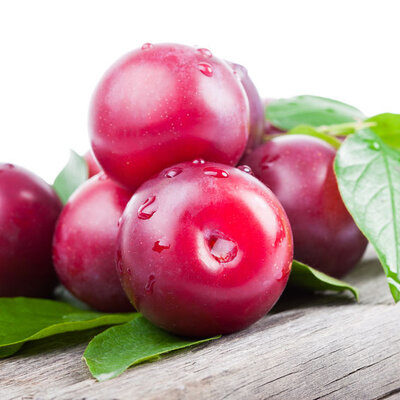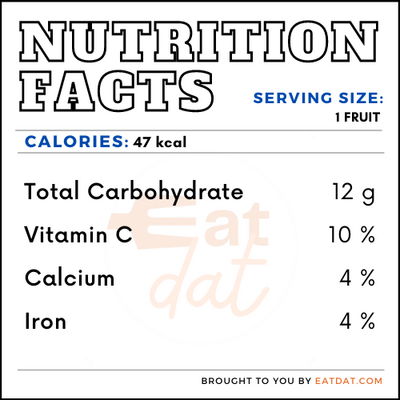
Icaco
also known as Cocoplum
What is Icaco?
Icaco is the fruit of the icaco tree, which grows close to the sea. It is also known as cocoplum, because of its plum-like appearance. It is a soft and juicy fruit that has a sweet taste. The nearer the icaco bush is to the sea, the sweeter the taste of its fruit.
- Whereas, the further away it gets from the sea, the more it acquires a neutral taste.
- It may be consumed as a raw fruit and is often used to make jellies and jams.
This fruit is slightly oval-shaped with a pink skin and white pulp.
There are three main varieties of cocoplum:
- Horizontal (coastal)
- Red Tip (inland)
- Green Tip (inland)
Origin of icaco
Cocoplum is a native plant to the Americas and the Caribbean, as well as to Western Africa. These days, it is also grown and cultivated in Vietnam, the islands of Oceania, Seychelles, and India. It is generally believed that the Dutch brought it from the Dutch Caribbean Islands to South America. Cocoplum is currently a threatened species due to land grabbing and development.
Nutrition
Cocoplum is rich in calcium, vitamins A, C, and K, as well as potassium, copper, beta-carotene, and iron. It also contains high levels of protein, fiber, and complex carbohydrates. Regular consumption of icaco can assist in building cell membranes, fighting or preventing cancer, improving vision, reducing risk of heart diseases, maintaining bone health, and skin health. Not to mention it is also recommended for pregnant women.

*Percentages are based on a diet of 2000 calories a day.
Commercial production
There are three different types of cultivars of icaco, two inland growing, and one coastal. These plants are highly resistant to salty soil and climates. They also require the sun to grow well and bear fruit but can provide fruit from late spring through summer. The fruit must be allowed to ripen before they are picked because they do not mature off the plant. This fruit is often sold as it is or processed into preserves. Its flowers produce nectar with which honey is prepared and its seeds are edible, as well.
Icaco recipes
Cocoplum is often used in making preserves. Here are a few recipes that use icaco:
FDA regulations
The FDA classifies cocoplum as a subtropical fruit with an edible peel. Wild specimens are not considered common food crops in general, but an exemption is made by USDA for the fruit, flowers, leaves, seeds, and bark of the cocoplum plant. This is because it is considered, in some respects, to be a wild or ornamental plant.
References
Icaco, Slow Food Foundation for Biodiversity, Università degli Studi di Scienze Gastronomiche, https://www.fondazioneslowfood.com/en/ark-of-taste-slow-food/icaco-cocoplum/
Stephen H. Brown and Marc S. Frank, Cocoplum (Chrysobalanus icaco L.) Identification and Uses, University of Florida, https://growables.com/information/TropicalFruit/documents/Cocoplum.pdf
